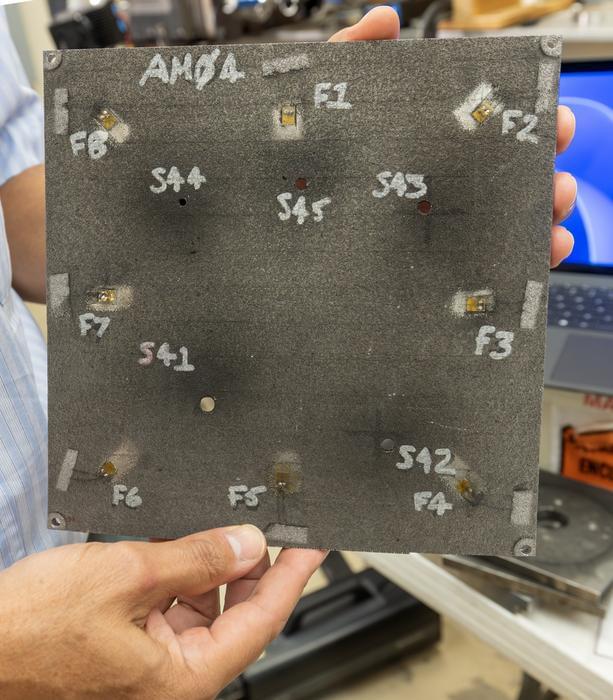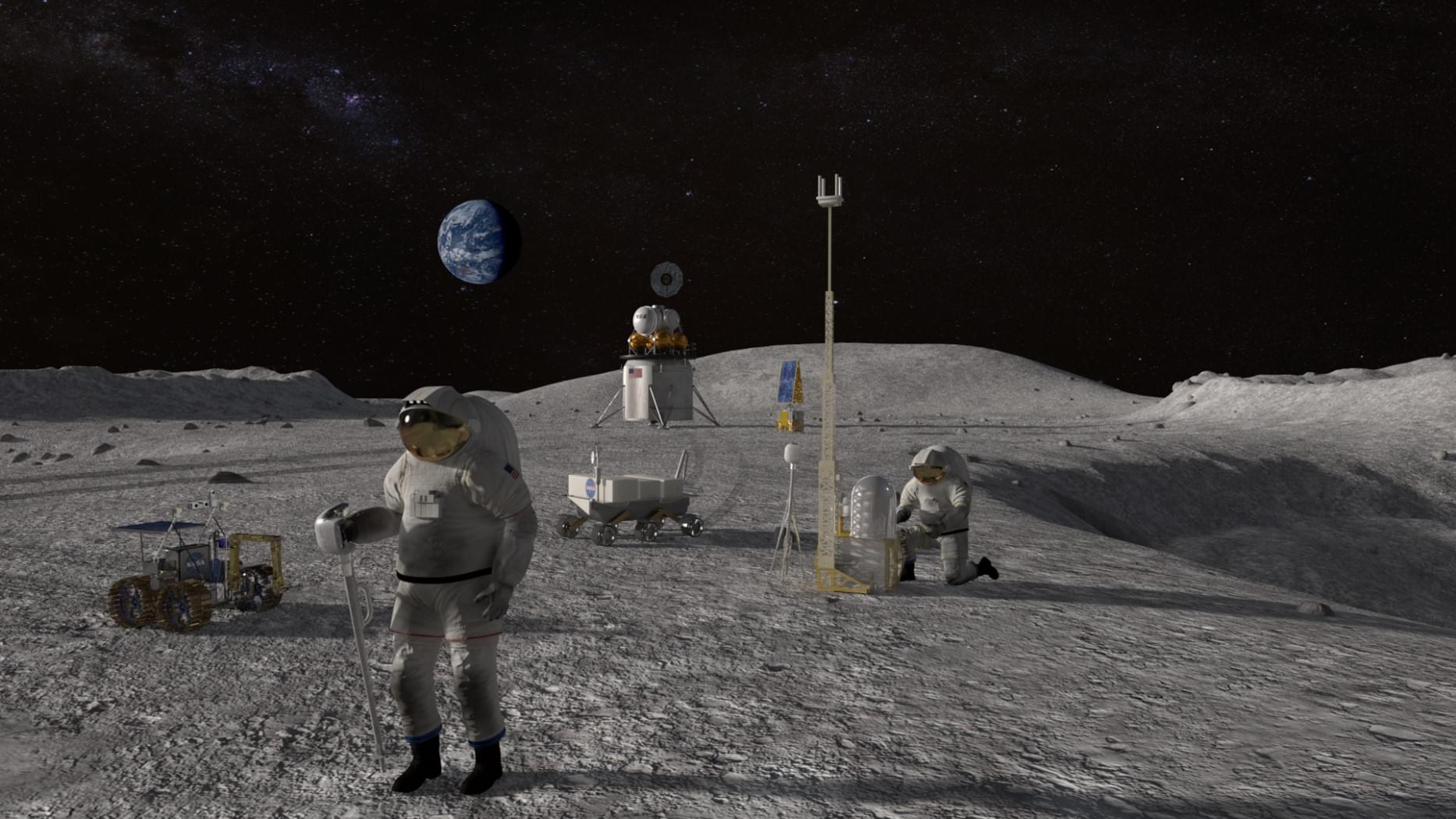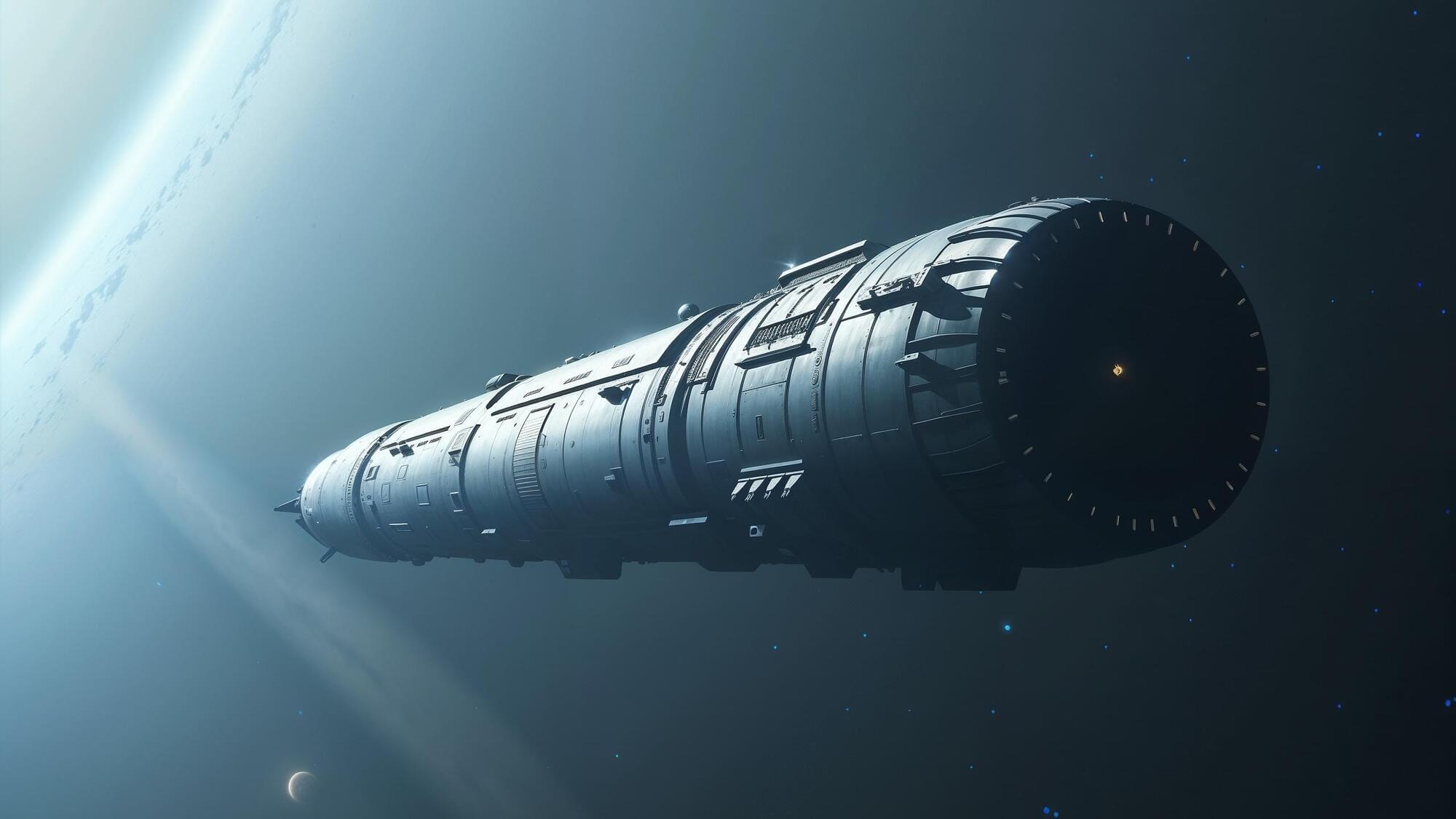Temperatures there reach an astonishing 30,000–50,000 kelvin.
Category: space travel
Robert Anton Wilson — Jack Parsons and Aleister Crowley
Few people are aware of Marvel Whiteside Parsons (a.k.a Jack Parsons), co-founder of NASA’s Jet Propulsion Laboratories. Parsons made major contributions to rocket development, particularly in the area of solid fuel propellant. The solid motors on the Space Shuttle and the motors in the Minuteman missile were based on the solid propellant technology that he invented. He was a founding member of Aerojet Corporation, and he even has a crater on the dark side of the moon named after him. So why isn’t he as celebrated as the other founding fathers of spaceflight?
Aleister Crowley, born Edward Alexander Crowley, was a British occultist, writer, mountaineer, philosopher, poet, mystic, drug experimenter, and chess player. He was an influential member in several occult organizations, including the Golden Dawn, the A∴A∴, and Ordo Templi Orientis (O.T.O.), and is best known today for his occult writings, especially The Book of the Law, the central sacred text of Thelema. He gained much notoriety during his lifetime, and was infamously dubbed \.

China’s Getting Ready to Land Astronauts on the Moon While NASA Flails Helplessly
Adding geopolitical intrigue, it’s looking more and more like NASA’s helpless flailing could position China to beat the United States in the race to return to the Moon.
China’s lunar exploration program has made massive leaps in recent years, most recently successfully testing its “Lanyue” lunar lander at a facility outside of Beijing. It was a “key step in the development of China’s manned lunar exploration program” and the “first time that China has carried out a test of extraterrestrial landing and takeoff capabilities of a manned spacecraft,” according to a statement by the China Aerospace Science and Technology Corporation (CASC.)
The goal is to land the first Chinese astronauts on the Moon “before 2030” — a clear shot across the bow, considering NASA is currently hoping to launch its first crewed landing attempt, Artemis 3, no earlier than mid-2027.


A laser-propelled mini spacecraft could travel to a nearby black hole, astrophysicist says
“I think it’s reasonable to expect we could find a nearby one within the next decade,” Bambi said in the statement.
Today, building the necessary laser array would cost around $1.1 trillion, far beyond the reach of current science budgets. But if trends in technology continue, Bambi estimates that cost could fall to around one billion euros within 30 years, putting it on par with current flagship space missions.
“We don’t have the technology now,” Bambi said in the statement. “But in 20 or 30 years, we might.”

“Engines Roared Like Exploding Suns”: Venus Aerospace Sparks Chaos as Rotating Detonation Rocket Test Ignites Groundbreaking US Leap Into the Future
IN A NUTSHELL 🚀 Venus Aerospace has tested a Rotating Detonation Rocket Engine, marking a milestone in propulsion technology. ⚡ The engine relies on supersonic explosions to generate thrust, offering higher efficiency than traditional methods. ✈️ The integration with the VDR2 ramjet could enable hypersonic vehicles to take off and land from conventional runways. 🌐


Scientists Announce a Physical Warp Drive Is Now Possible. Seriously
Humans are one step closer to traveling at faster-than-light speeds.
